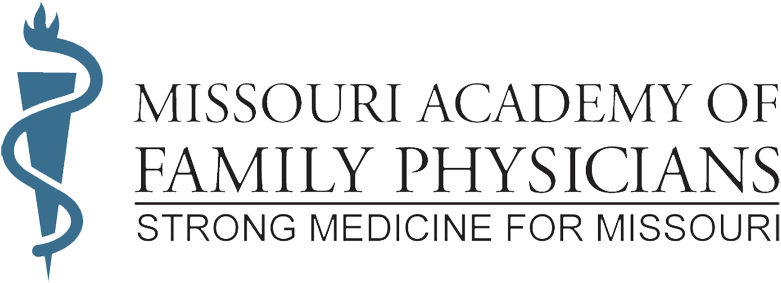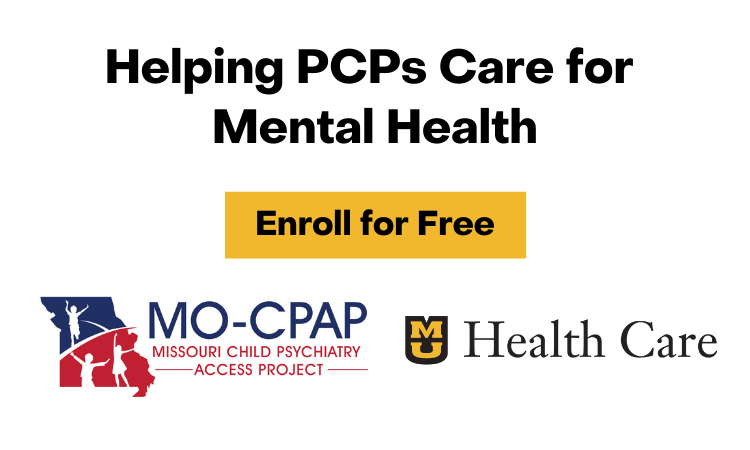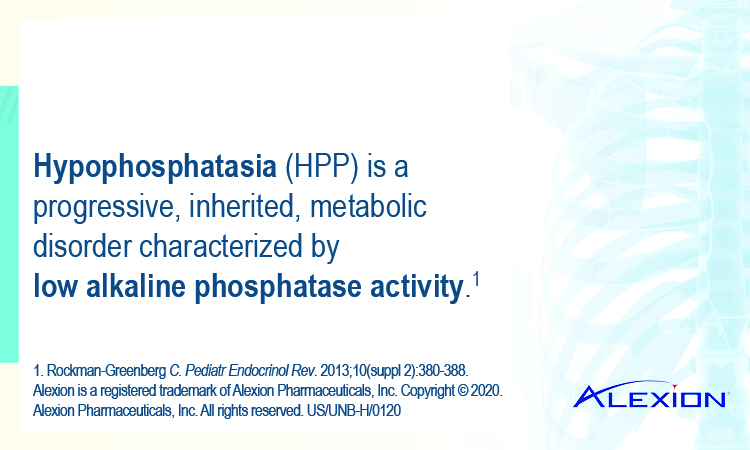Paradigm Shift in Concussions Treatment
By: Brian Mahaffey, MD, FAAFP
Concussions are a hot topic in sports today. Our awareness of them, as a society, has increased exponentially in the past 10-15 years. This is driven by the press, an increase in research and awareness of outcomes, and a push by health care professionals to educate the public. Our ability to educate is key to driving improved outcomes for all our patients. There are concerns with long term, detrimental outcomes; however, we need to remember we are seeing the outcomes from treatments 20-30 years ago. With our treatment of concussions now, I feel, we can improve these outcomes.
Understanding the pathophysiology of an injury is vital to improving treatment. An understanding of the neurometabolic cascade of concussion that leads to energy depletion of brain neurons. This leads to generation of lactic acid, decreased intracellular magnesium, free radical production, inflammatory responses, and altered neurotransmission. Reversal of this cascade quickly is key to improved outcomes in concussion treatment.
Diagnosis of a concussion is symptom based after any contact injury. Even though there is no “gold standard” diagnostic test, using the Standardized Concussion Assessment Test (SCAT5) has been validated to diagnose a concussion. It includes a graded symptom checklist, cognitive, memory, and balance testing. Computerized testing can be used as well.
There has been a paradigm shift in concussion treatment within the last 3 years. In the past, standard of care was a “wait and see” plan. We emphasized no physical activity and removal of cognitive activity until symptoms completely cleared. Care was also driven by multiple protocols with minimal research to support them. This led to confusion for the patient and the care team. Ultimately, quality outcomes and time of recovery were variable. Fortunately, beginning in 2001, the sports medicine community published the 1st Consensus Statement of Concussion in Sport. There have now been 5 statements, with the 6th due in 2020. These have focused concussion care, leading to less variability in care and an increased focus on research. While these statements are not considered “Standard of Care”, they have driven better concussion treatment. Also, research from the University of Buffalo on using activity early in concussion treatment has truly changed our approach. Aerobic exercise below symptom threshold has been shown to dramatically improve the time to return to play (RTP) and in return to baseline cognitive function. This starts before the standard RTP progression.
Aggressive, multifactorial early treatments include good hydration, increasing “good fats” (unsaturated fats and Omega-3 fats), at least 8 hours of sleep nightly, magnesium supplementation, early use of NSAIDs, and minimizing screen time are important. Evaluation of suboccipital muscle tightness, visual issues (convergence and vestibular/ocular-motor screening (VOMS)), and balance is vital. If problems are noted, early physical therapy to improve these issues is effective. Applying the Buffalo Protocol (80% of heart rate when symptoms increase) for aerobic exercise is vital. Applying appropriate modifications with school work, including time away from the classroom, is helpful.
Once symptoms have resolved for 24 hours with no further use of Tylenol or NSAIDs, then a standard RTP progression can begin. In the high school age patient, this should be 7 days total. The last day is a controlled, full contact practice.
Bottom line, being conservative in holding athletes that you suspect are concussed while being aggressive early with treatment has shown to be the most effective approach to concussions. As well, having an Athletic Trainer involved in the care plan with an athlete is the key to a good outcome.
About the Author
By: Brian Mahaffey, MD, FAAFP

Clayton, MO



